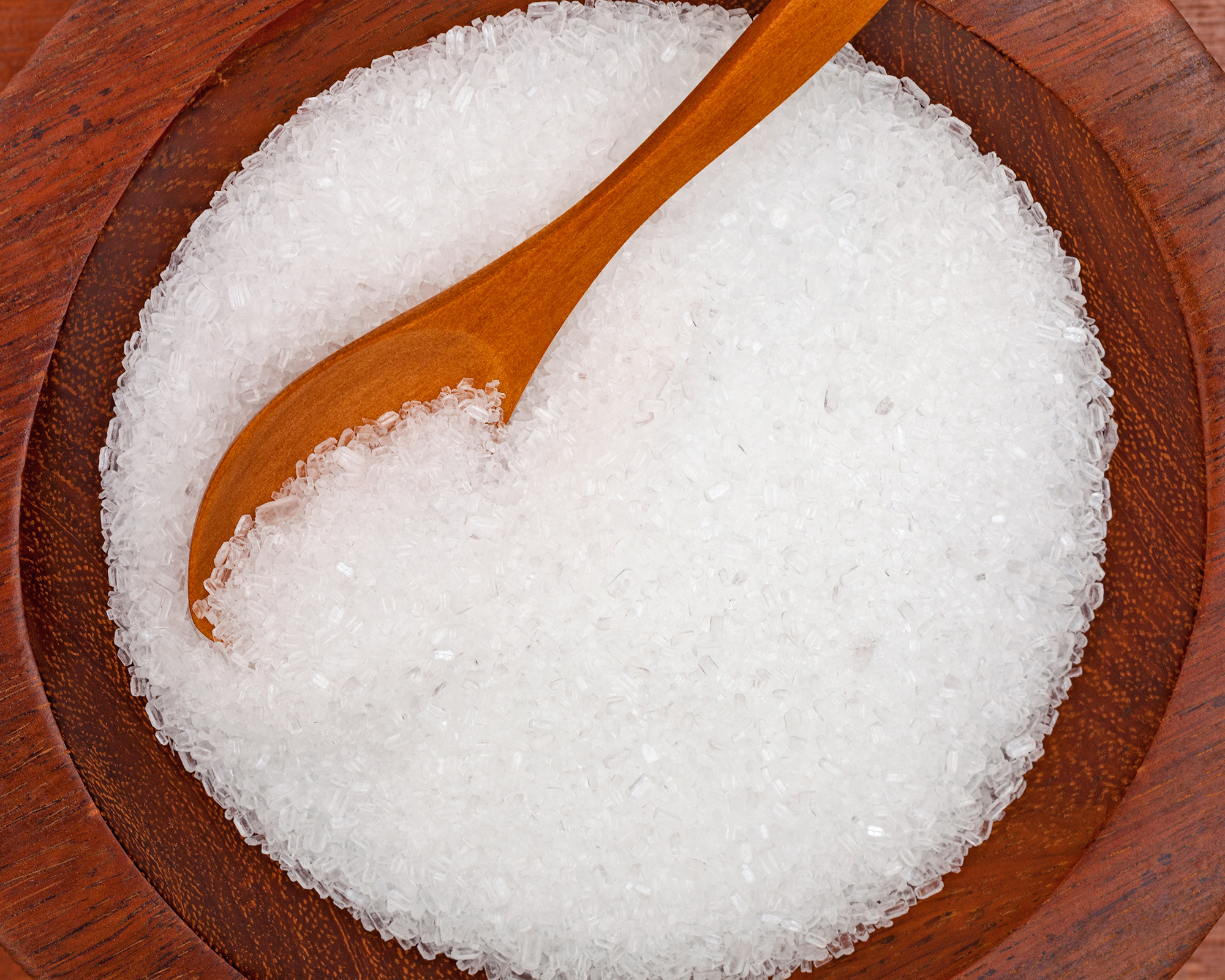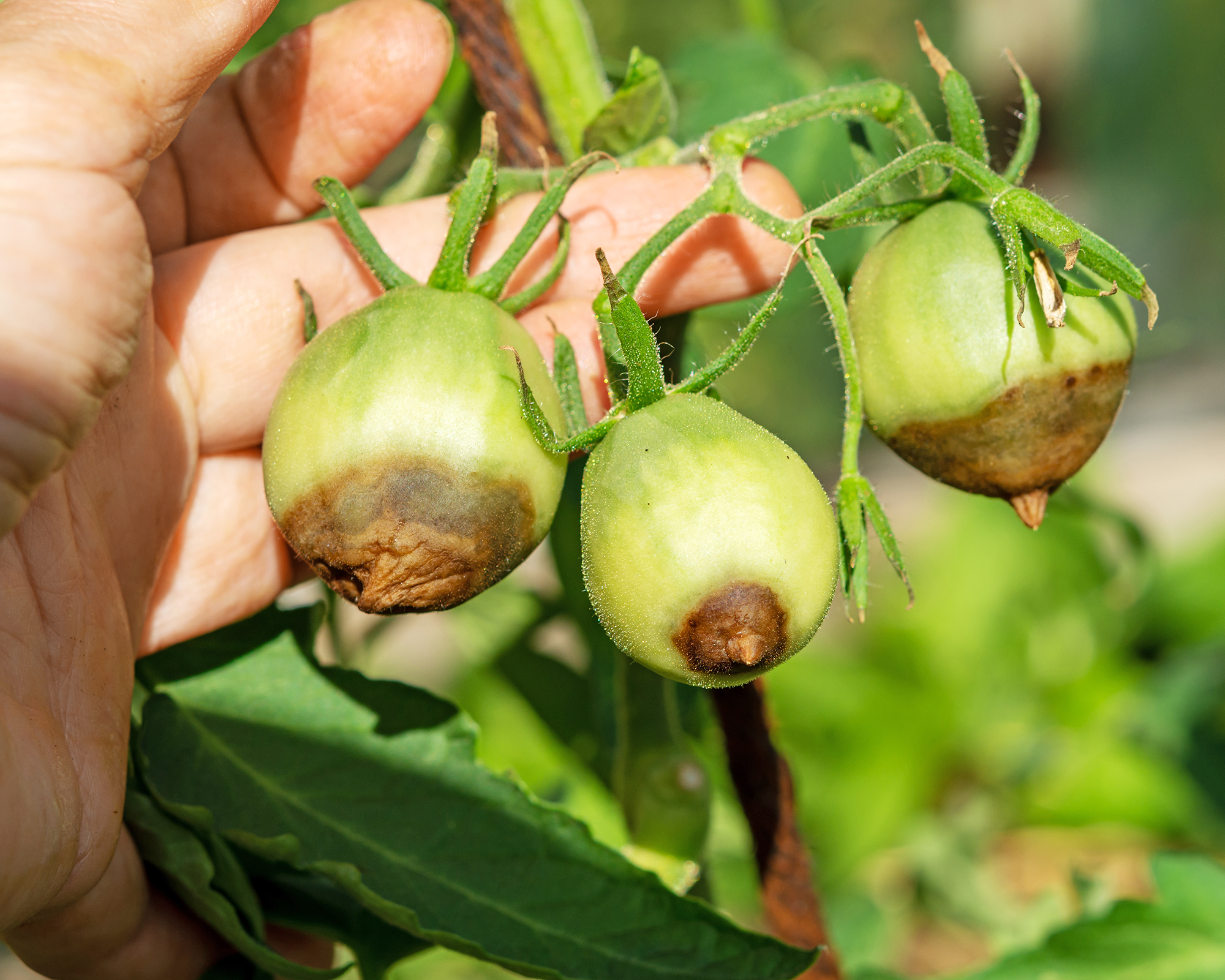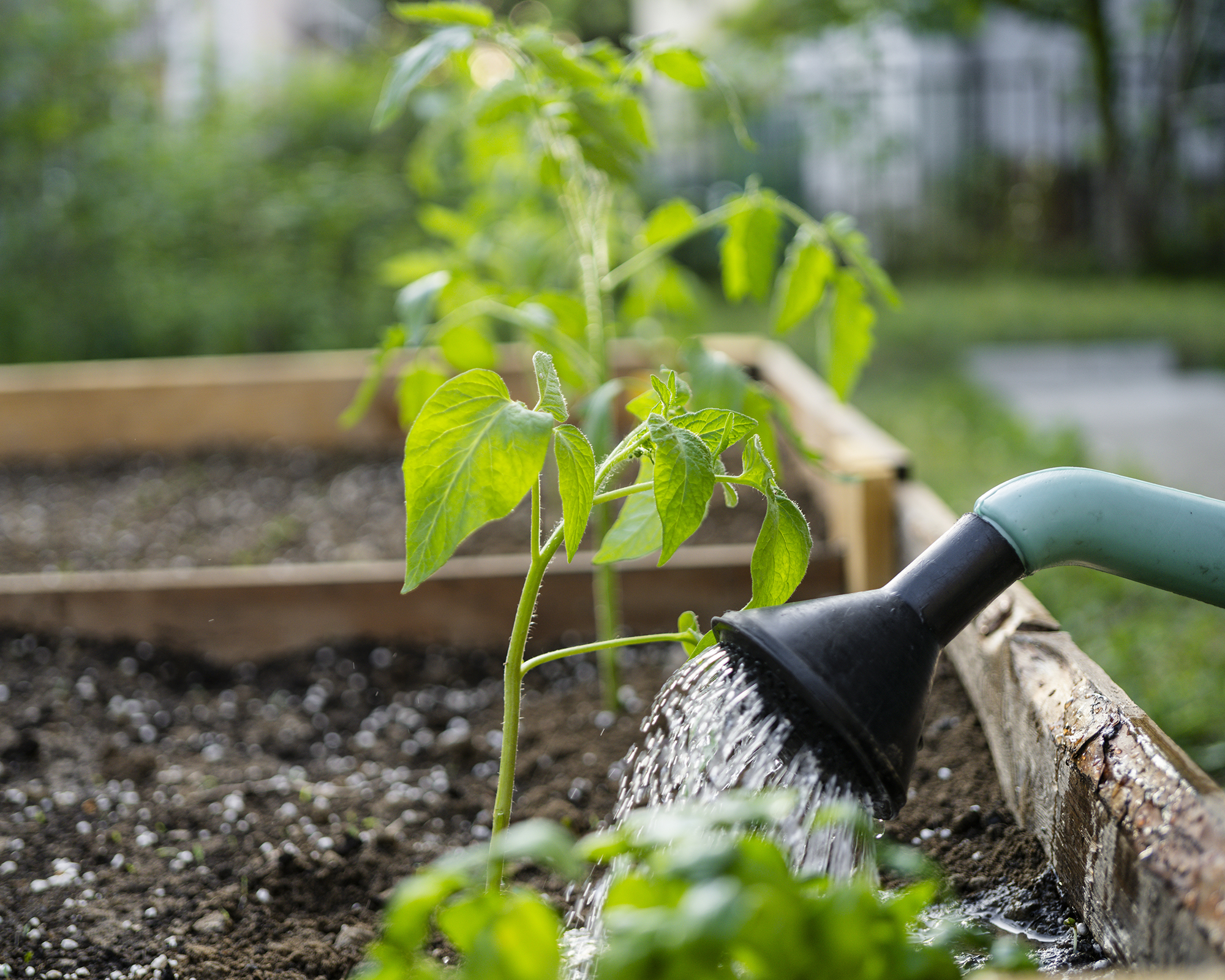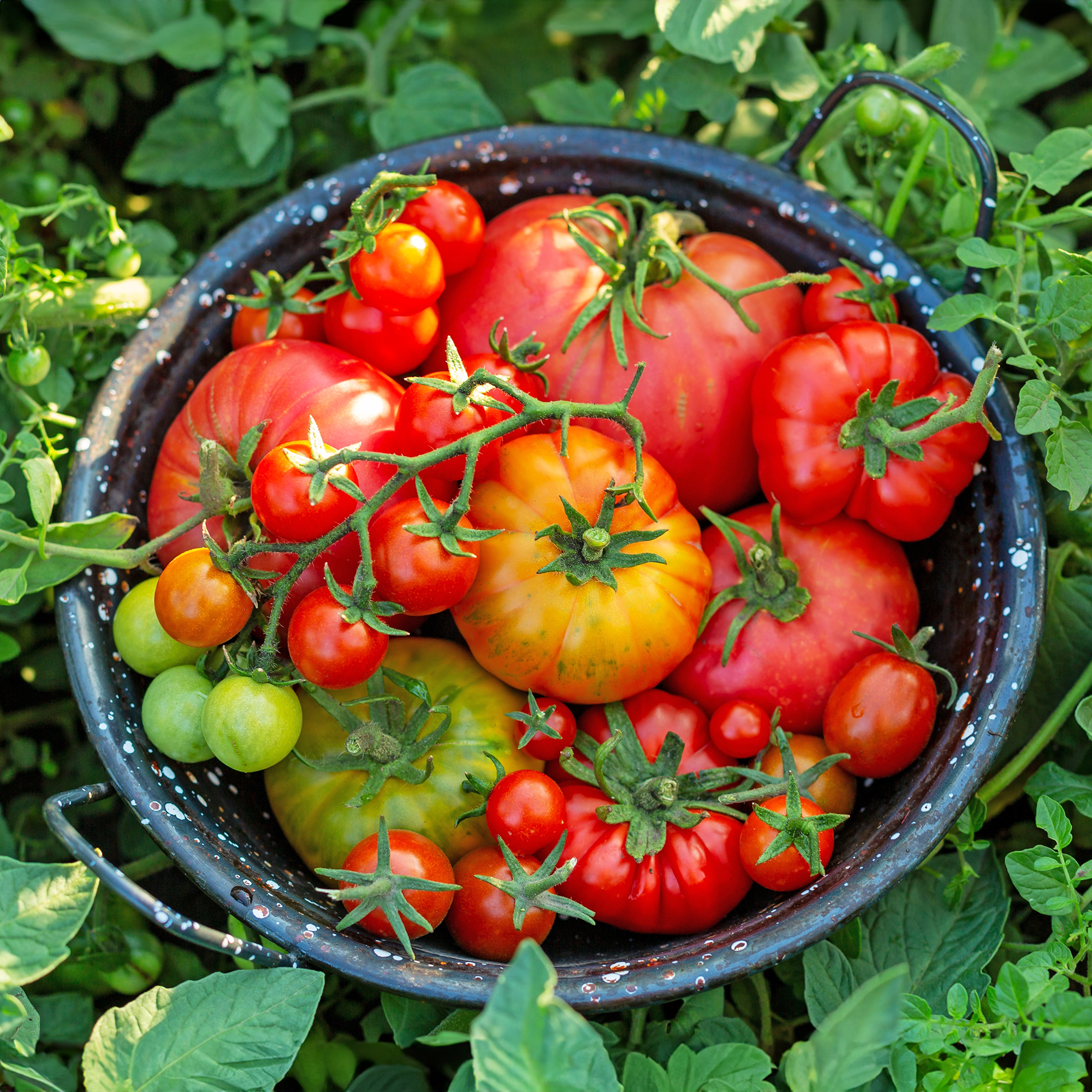Is Epsom Salt Good For Tomato Plants? How And When To Use It For A Better Crop
Epsom salt is often touted as a cure-all for tomato plants, but it should only be used where there is a need. Find out how to apply it – and when to hold back.


There is some discrepancy as to the usefulness of Epsom salt for tomatoes. Many gardeners swear by the use of the product in many areas of the garden. However, the high levels of magnesium in Epsom salts could potentially harm the soil if applied too liberally. Where there is not a strong concentration of magnesium in the soil, then using Epsom salt won't do any harm. But is it actually good for tomato plants?
Gardeners are a superstitious lot and take stock in lore and word-of-mouth remedies. Many of our ancestral garden tips are as true today as they were then. So if Grandma used Epsom salts around her tomato plants and always had the biggest yields and the best-tasting tomatoes, maybe there is something to the practice? Few claims about planting tomatoes with Epsom salt have been scientifically proven, but many gardeners believe it improves flowering and, therefore, fruit production.
Epsom salt is not the best fertilizer for tomatoes when used in isolation, but where there is a need for additional magnesium, it can supplement a commercial feed or homemade tomato fertilizer. If you want to learn how to grow tomatoes like a pro, then it pays to understand the various natural products that can give plants a boost.
What is Epsom Salt?
Epsom salt is named for where it originated in Epsom, England. It is sold as large, crystalized granules. The naturally occurring mineral salt is primarily composed of magnesium sulfate, but also contains water molecules.
In the home, Epsom salt is used in baths and soaks to relieve pain. It was once commonly used as a laxative, although we have many more effective remedies today! There are also other health claims, such as reducing the risk of heart disease, though there is limited evidence.
Epsom salt differs from table salt by composition and taste. Table salt is composed of sodium and chlorine and tastes salty, while Epsom salt tastes bitter and is not used in cooking. Epsom salt comes from the mineral epsomite, while table salt is derived from seawater. Both dissolve in water.

Is Epsom Salt Good for Tomato Plants?
Interest in gardening naturally has skyrocketed in recent years. No longer will we spray chemicals willy-nilly around our plants and homes. Along with this is a surge in the popularity of using old-fashioned solutions such as Epsom salts.
Sign up for the Gardening Know How newsletter today and receive a free copy of our e-book "How to Grow Delicious Tomatoes".
So, what does Epsom salt do for tomato plants? There is anecdotal evidence that it enhances germination, strengthens roots, increases flowers and fruit, and even deters certain pests, but there is no scientific research to support these claims. However, what is certain is the salt’s effect in correcting magnesium deficiency in the soil.
Magnesium is essential in the formation of chlorophyll, which is necessary for photosynthesis. If a tomato plant is deficient in magnesium, it will develop chlorosis, characterized by yellow leaves with green mottling, which can lead to stunted growth and a reduction in fruit production. Epsom salts may be used to increase available magnesium to plant roots.
The Blossom End Rot Myth
Blossom end rot is a frequent complaint among tomato growers, resulting in dark, sunken spots on the blossom end of the fruit. It is caused by a lack of calcium reaching the fruits, often due to inconsistent watering. Calcium for tomato plants is critical, but Epsom salt contains no calcium and is therefore ineffective in preventing blossom end rot.
In fact, the addition of Epsom salt to soil with normal magnesium levels can compound the problem. This is because magnesium interferes with calcium uptake.

When to Use Epsom Salt for Tomatoes
In soils with too little magnesium, adding Epsom salts can help correct the issue. But you should perform a soil test to check magnesium levels before proceeding. Areas with gritty, sandy soil will have magnesium leached away faster than better soils and are most likely to be deficient. Also, keep an eye on plants for signs of chlorosis. The leaves will be pale yellow while the veins will be a light green.
How to Apply
If soil magnesium levels are low, you can add Epsom salt in three ways, aiming to use around one tablespoon depending on the delivery method:
- Soil Amendment
Prior to planting tomatoes, mix 1 to 2 tablespoons of Epsom salt in each planting hole. You should mix the salts well into the soil. - Foliar Spray
Caution should be used when delivering Epsom salt as a foliar spray, as it may burn the leaves. Apply early in the morning or late afternoon. You will need just 1 tablespoon for every gallon of water (15ml to 4.5 litres). It can be used every two to four weeks throughout the growing season. - Soil Drench
Mix 1 tablespoon of Epsom salt with 1 gallon of water (15ml to 4.5 litres) and apply using a watering can. Apply every two to four weeks, but not at the same time as using a foliar spray.

When Not to Use Epsom Salt
If a soil test shows that magnesium levels are sufficient, then there is no need to apply Epsom salts. While adding a little won't cause any harm, too much magnesium can disrupt uptake in plants and create problems in overall soil health. It can also lead to contamination of groundwater. Always use a soil test before adding anything to the soil.
Want to know more about growing your own tomatoes? Sign up for the Gardening Know How Newsletter and receive a free copy of our e-book How to Grow Delicious Tomatoes.

Bonnie Grant is a professional landscaper with a Certification in Urban Gardening. She has been gardening and writing for 15 years. A former professional chef, she has a passion for edible landscaping.
